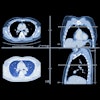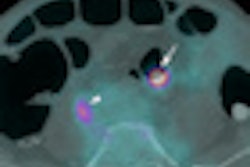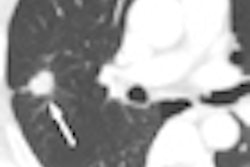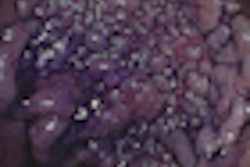Dear AuntMinnie Insider,
As technology delivers more ways to look at polyps noninvasively, researchers are taking advantage of them. Radiologists at the University of Munich, for example, aim to distinguish benign from potentially advanced polyp histologies with the use of dual-energy CT.
Dual-energy imaging -- which susses out advanced lesions by highlighting the iodine they absorb following contrast administration -- isn't actually new. But using it for screening the colon is certainly unusual, and apparently facilitated by recent improvements in dual-source CT. You won't want to miss the story in this issue's Insider Exclusive.
Lesions with advanced histologies are also frequently FDG-avid, and a London team is on the case with one of the first prospective series on the use of PET/CT colonography for screening. See what they saw by clicking here.
Researchers from Japan warn that lateral spreading lesions, or carpet lesions, are potentially dangerous and hard to spot on virtual colonoscopy, but there's disagreement on that point, which you'll find here.
Gastroenterologists needn't be concerned that colonoscopy volumes will fall when VC is implemented for screening. According to a study presented at the recent Digestive Disease Week meeting in New Orleans, VC not only leads to more individuals being screened, it keeps colonoscopy providers busy, too. Click here to read more.
But they'd better be quick about it. Spending more time on colonoscopy exams doesn't improve the screening results one bit, say researchers from Durham, NC. Find out why by clicking here. For trend-watchers, this issue also brings a major study on the results of C-RADS classification over time.
Finally, don't forget to scroll through the stories below until you've reached the cecum and examined 100% of the mucosa -- all in your Virtual Colonoscopy Digital Community.




















